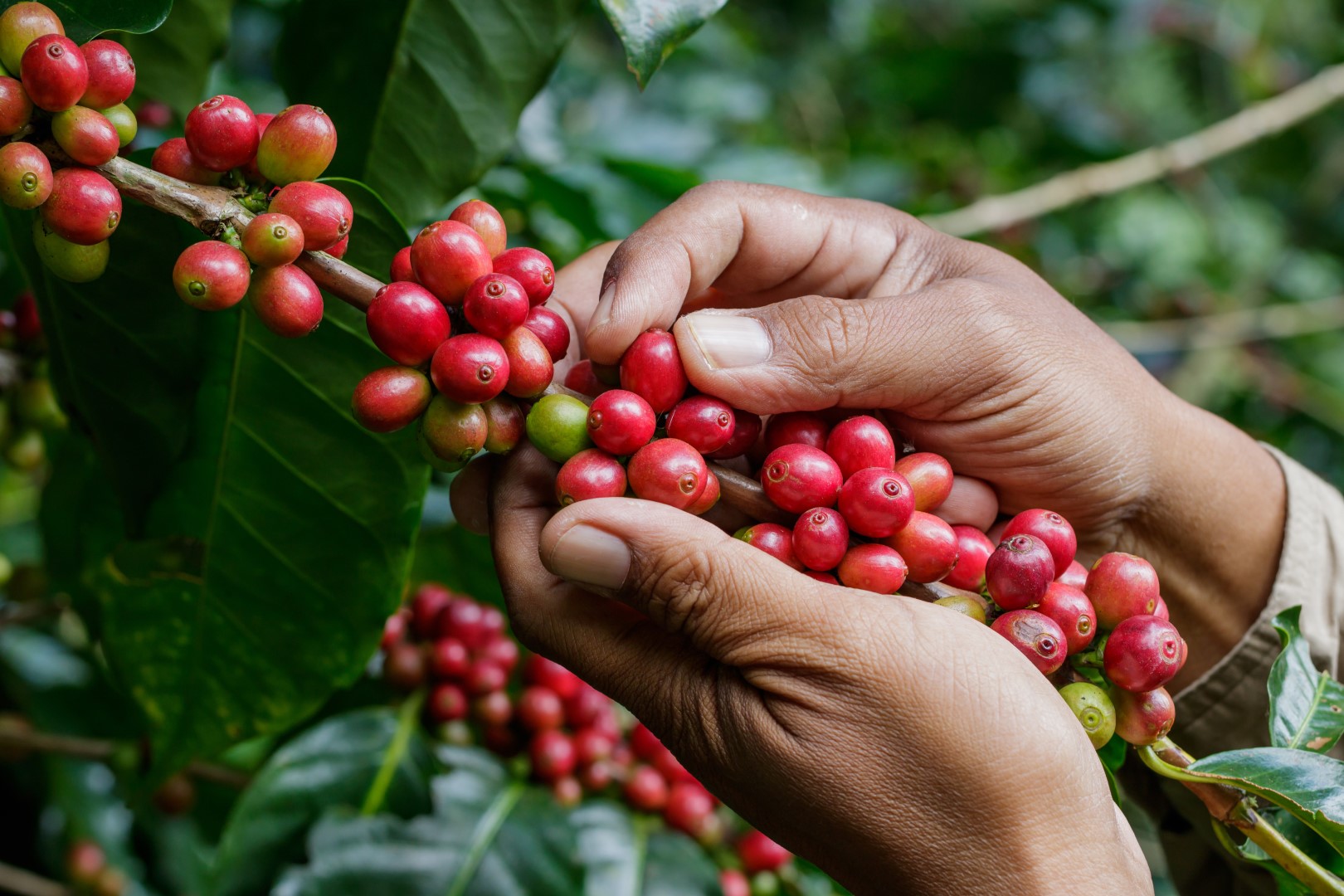Part 2: Positive impact of a Geographical Indication strategy
The implementation of a GIs strategy by OLP producer groups can have several positive impacts for the producers, the community, consumers and the market in general. These include:
Case example of positive impacts
GI Piment d’Espelette
In the case of Piment d’Espelette, the Espelette sweet chili is recognised in France under this specific GI. As a direct result of the producers using a GI for their products there are numerous producers, including young ones, who want to produce this product. This increased interest in production of the chili has been that agricultural activity is maintained in the designated geographical territory. There is also the positive impact of reinforcing the link between the people, the heritage and the product. Because the link extends to tangible elements in addition to the product, the buildings in the village also reflect some elements of the chili, a tourism element has also developed.

Jamaican Jerk
Jerk is a special sauce originating from Jamaica. Because of its significant cultural importance to Jamaicans, there is a special Festival promoting this product in Jamaica and internationally especially in New York.
Cafe de Valdesia

Café de Valdesia is a coffee from Santo Domingo which is produced from Arabica coffee varieties, in a defined planting area called Valdesia. This coffee is harvested throughout the year but mostly between November and May and it provides jobs, income and secures the livelihood of thousands of families inside this mountainous area. Depending on the roasting level of the coffee beans, you have three types of quality coffee of Cafe de Valdesia: Medium, medium-dark and dark, each with different organoleptic properties. The coffee is mainly exported to the United States, Canada and the European Union. This GI was registered in 2010 and was the first GI registered in Dominican Republic. In 2016, it was registered in the EU.
Benefits of GIs to stakeholders
Producers can benefit from economies of scale in terms of registration costs, advertising campaign or enforcement costs.
There are direct benefits to value chain stakeholders (producers, traders etc.) who cooperate in terms of building and maintaining a good reputation of the product.
Additionally, GIs can become a powerful tool for local development and harmonisation of product services and the enhancement of product quality and traceability.
GI collective approaches
As discussed in previous sessions the GI tool can be used to protect OLPs, producers and the name associated with the product; they can also be used as a tool for collective branding and marketing of OLPs and communicating relevant information on the product to consumers.
Impact in the market
The Geographical Indication designation will help the OLP stand out in the marketplace as distinct from other products produced outside the geographical area. To benefit from the GI designation, producers must be willing and have the capacity to effectively use the official graphic representation, the GI (logo) or words associated with the GI in a branding and marketing campaign to identify the OLP on the market and to guarantee the quality and origin.
Learning exercise
Question 1: What are some key elements to consider when integrating a GI strategy in your business plan for an OLP? How can the value and quality of OLPs be recognised?
The value chain stakeholders must work together in order to maintain the product on the market. GIs allow producers to use a collective approach and collective strategy.
Producers must recognise that the OLP is specific and has a high quality due to certain unique conditions which exist in the production area and these assets deserve to be recognised and appreciated by consumers. Geographical Indications allow for the development of differentiated products on the markets, based on the origin and based on the traceability.
Question 2: Potential exporters do not want to trade my product because of the lack of traceability. What can I do?
The GI system integrates a quality scheme approach, therefore, they provide a guarantee to exporters and consumers on the traceability of the product.
